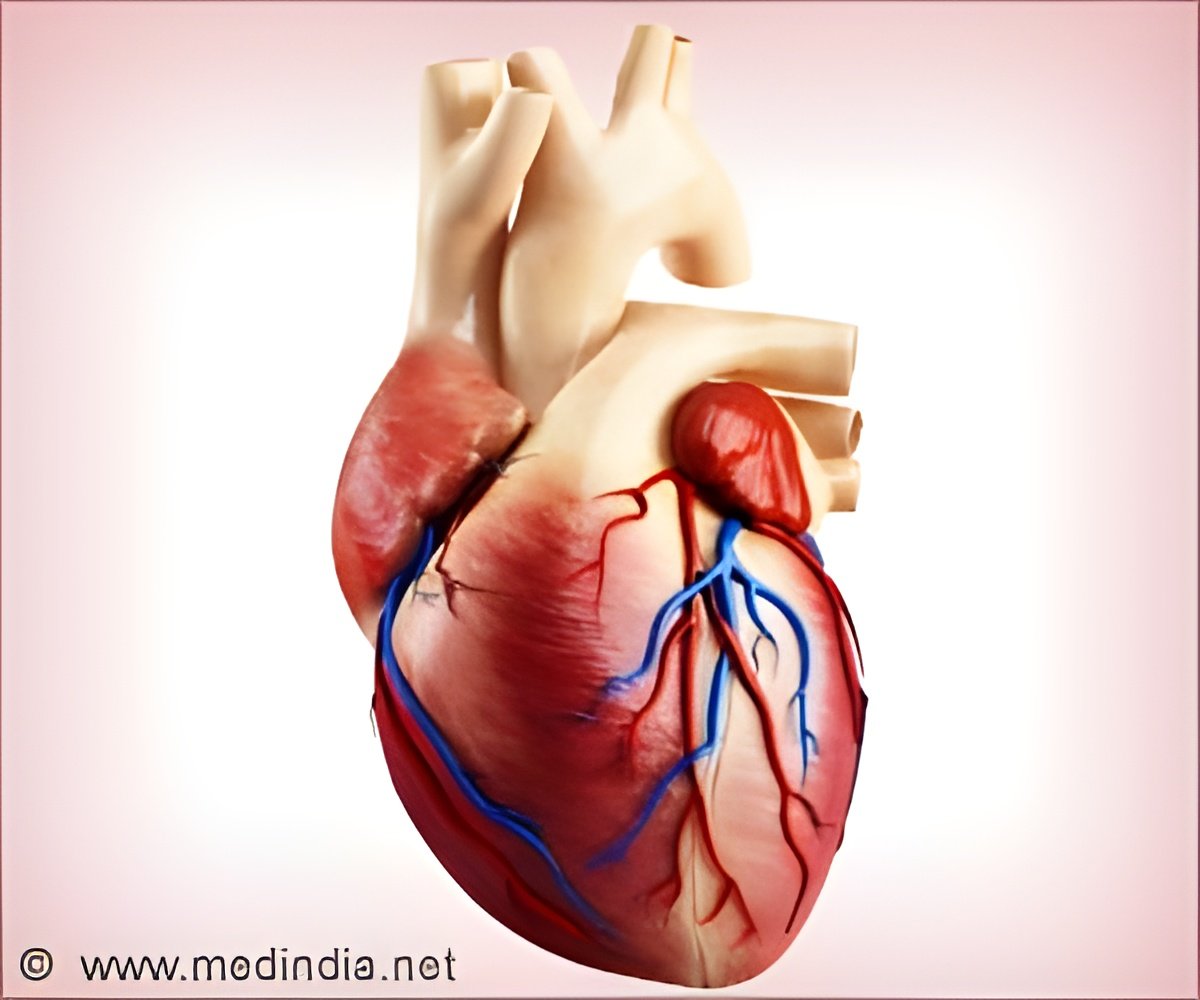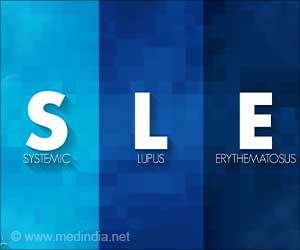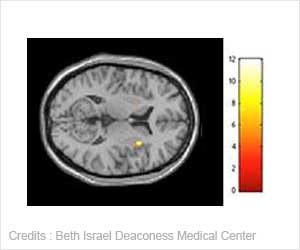A minimally invasive approach appears safe for treating life-threatening aneurysms that occur in the deepest part of the aorta, making it easier for surgeons to repair the aorta without opening the chest and easier for patients to recover.

The aorta is the major vessel that carries blood from the heart to the body and has branches that reach all organs in the body. The deepest part of the aorta is the distal arch, which provides blood flow to the upper body and head. An aneurysm occurs when the wall of the vessel weakens, and if an aneurysm in the aorta bursts, it can lead to death in a matter of minutes.
"Currently, thoracic aortic aneurysms that reach into the aortic arch are very difficult to treat with minimally invasive endovascular methods because critical blood vessels branch emanate off the aorta in the arch and supply blood to the arms, head, and brain," said Himanshu J. Patel, MD, from the University of Michigan Health System in Ann Arbor. He, along with colleagues, performed a multicenter Phase II trial, sponsored by the US Food and Drug Administration (FDA), that used a new stent graft that can repair the aortic aneurysm without the need to open the chest.
"With endovascular procedures, we use cloth-covered wire mesh tubes called endografts to replace the aorta from within, essentially putting a new pipe inside an old broken down pipe," said Dr. Patel. "When critical branches come off the broken down pipe, the endografts currently available do not permit blood to flow into these branches. To keep blood flowing into these important branches, we often have to perform complex and more invasive re-routing procedures. The new, specially designed endograft tested in this study allows us to perform the minimally invasive endovascular procedure without the complex re-routing."
Ten patients were enrolled in the study and underwent branched thoracic endovascular aortic repair (B-TEVAR). The surgeons performed the entire procedure using only a small incision in the groin (inner thigh).
Results were positive; after 30 days, 100% of patients were alive and did not experience a stroke or spinal cord ischemia (an inadequate blood supply to the spinal cord that can lead to paraplegia).
Dr. Patel cautioned that the study demonstrates only the first step in the process. "Future studies should evaluate whether this treatment will be safe and effective in aneurysms that extend a little closer to the heart within the aorta, and the next extension would be development of a newer device that could be used to treat the entire arch aorta with a pure endovascular graft," Dr. Patel concluded.
 MEDINDIA
MEDINDIA




 Email
Email





